Understanding The Papal Election: The Role Of The Conclave
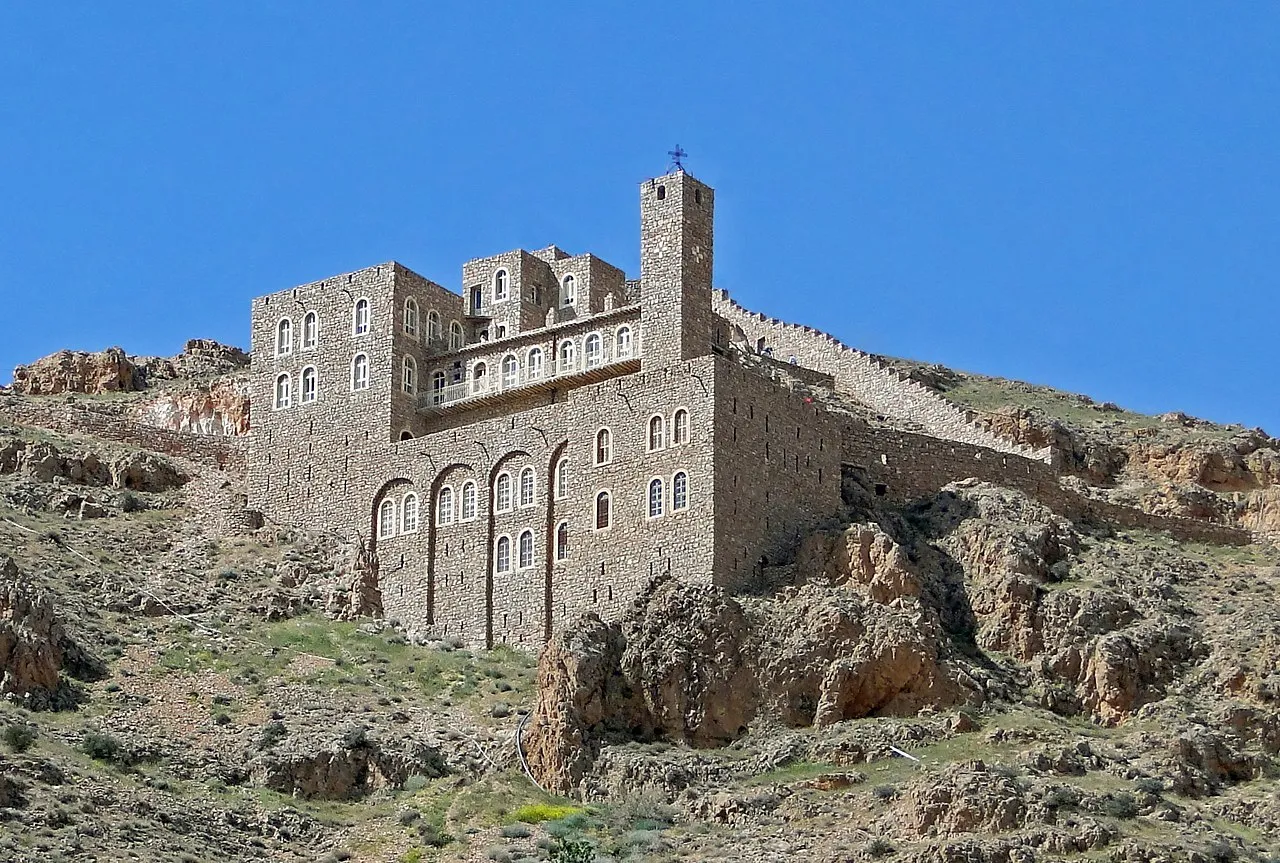
Table of Contents
The Process Leading to the Conclave
The period between a Pope's death or resignation and the beginning of the Conclave is a time of transition and preparation, known as the sede vacante (vacant see). This interim period is carefully managed according to established protocols. The Cardinal Camerlengo (Chamberlain), the highest-ranking Cardinal in the absence of a Pope, assumes responsibility for the governance of the Church during this time. He manages the Vatican City State, oversees the administration of the Holy See, and prepares for the upcoming Conclave.
The Camerlengo's duties during the sede vacante are crucial. They include:
- Confirmation of the Pope's death: Officially declaring the death and initiating mourning rituals.
- Announcement of the sede vacante: Formally announcing the vacancy of the Papal See to the world.
- Summoning of the Cardinals: Notifying eligible Cardinals to convene in Rome for the Conclave.
- Preparation of the Sistine Chapel: Ensuring the Sistine Chapel, the location of the Conclave, is suitably prepared for the election process.
The preparations for the Conclave are extensive and meticulous, involving logistical arrangements for the arrival and accommodation of Cardinals from around the world. The entire process is governed by established Canon Law, ensuring a smooth and orderly transition.
The Conclave: Secrecy and Deliberation
The Conclave itself takes place within the confines of the Sistine Chapel, a space transformed for the duration of the election. The physical setup is designed to ensure both secrecy and security. The Cardinals are housed within the Vatican, their movements and communications restricted. A critical aspect of the Conclave is the strict adherence to secrecy, enforced by the sub secreto oath, sworn by all participants. This oath forbids the disclosure of any information about the proceedings or deliberations.
The voting process is equally precise:
- Strict security measures: Preventing external influence and ensuring the integrity of the process.
- Daily voting schedule: A series of ballots are cast until a new Pope is elected.
- The burning of ballots: Black smoke signifies the absence of a two-thirds majority, while white smoke announces the election of a new Pope.
- Accommodation and living conditions for Cardinals: Simple accommodations are provided, emphasizing the focus on prayer and deliberation.
The Conclave's secrecy is paramount to ensuring that the election is free from undue external pressures and that the Cardinals can deliberate freely and prayerfully.
Factors Influencing the Papal Election
The election of a new Pope is a complex process shaped by numerous factors, extending beyond simply fulfilling a role. Cardinals consider various qualities and characteristics when choosing the next successor to St. Peter. These considerations include:
- Theological positions (conservative vs. progressive): The candidate's theological stance and alignment with Church teachings are crucial considerations.
- Geographical representation: Balancing regional representation and ensuring inclusivity within the global Church.
- Pastoral experience and leadership skills: The candidate's experience in pastoral care and ability to lead the Church effectively.
- Global challenges facing the Church: The candidate's understanding of and approach to contemporary issues facing the Catholic Church worldwide.
Political factors and global events can also indirectly influence the election, though the process strives for spiritual objectivity. The selection is ultimately a decision guided by prayer and a collective discernment to find the individual best suited to lead the Catholic Church.
The Significance of a Papal Election
A Papal election has a profound global impact, influencing the Catholic Church and extending far beyond the Vatican. The new Pope assumes the role of head of state of Vatican City and, more significantly, serves as the spiritual leader of over a billion Catholics worldwide. The chosen Pope's policies and decisions have lasting implications:
- Impact on Catholic doctrine: New interpretations and teachings can shape Catholic beliefs and practices for generations to come.
- Influence on interfaith relations: The Pope's approach to interfaith dialogue influences relations with other religious communities.
- Changes in Church policy and governance: The new Pope may introduce changes in administrative structures, pastoral approaches, and social outreach programs.
The Papal Election is not merely an internal Church matter; it's a significant global event with far-reaching consequences.
Conclusion
Understanding the Papal Election and the pivotal role of the Conclave offers invaluable insight into the governance and future direction of the Catholic Church. The complex interplay of tradition, secrecy, and global considerations ensures that each Papal Election is a unique and highly significant event. By comprehending the processes involved, we gain a deeper appreciation for the weight and responsibility associated with choosing the next leader of the world's largest Christian denomination. Further research into the history of Papal Elections and the lives of past Popes will enrich your understanding of this fascinating process. Continue learning about the intricacies of the Papal Election to fully appreciate its global impact.

Featured Posts
-
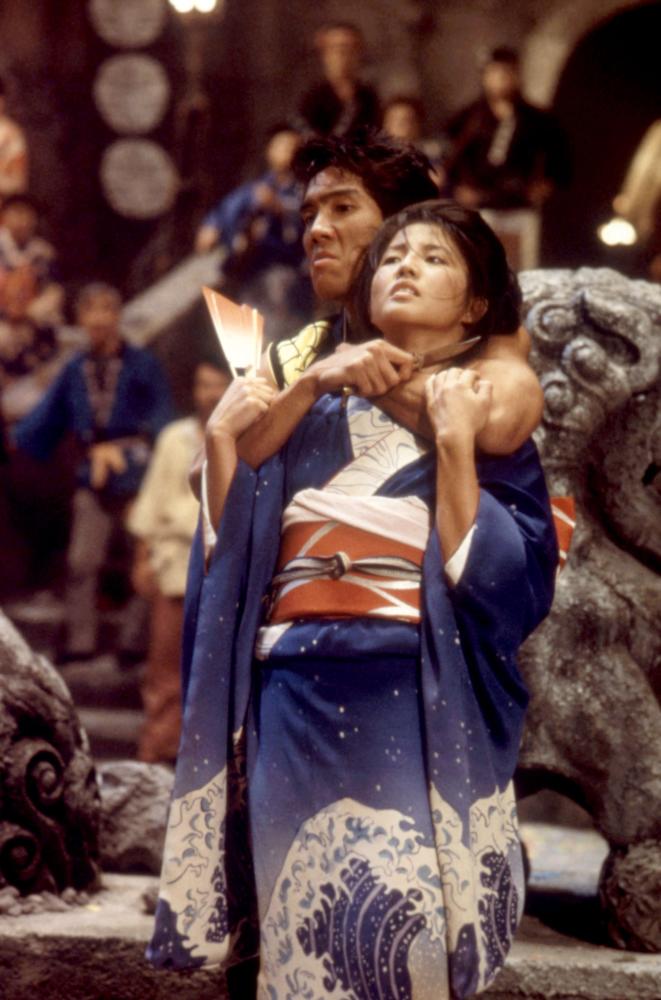 Analyzing The Karate Kid Part Ii Themes And Cultural Impact
May 07, 2025
Analyzing The Karate Kid Part Ii Themes And Cultural Impact
May 07, 2025 -
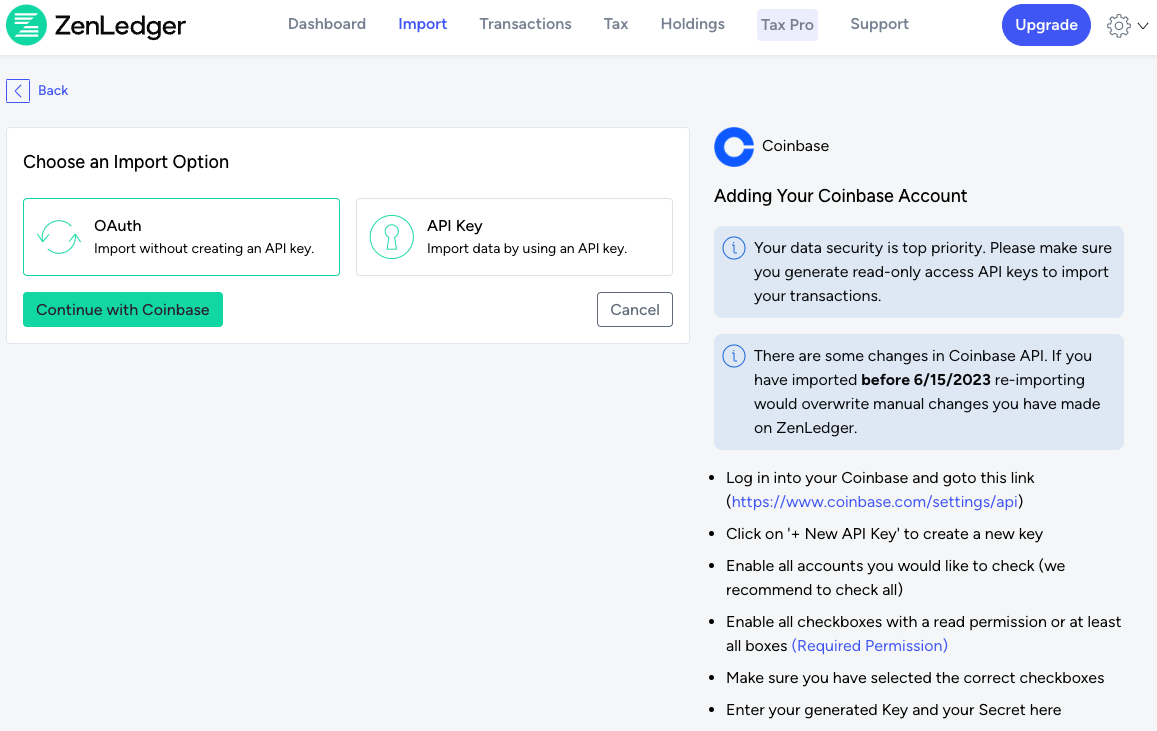 From Mocking Crypto To Making Millions Trumps Unexpected Crypto Journey
May 07, 2025
From Mocking Crypto To Making Millions Trumps Unexpected Crypto Journey
May 07, 2025 -
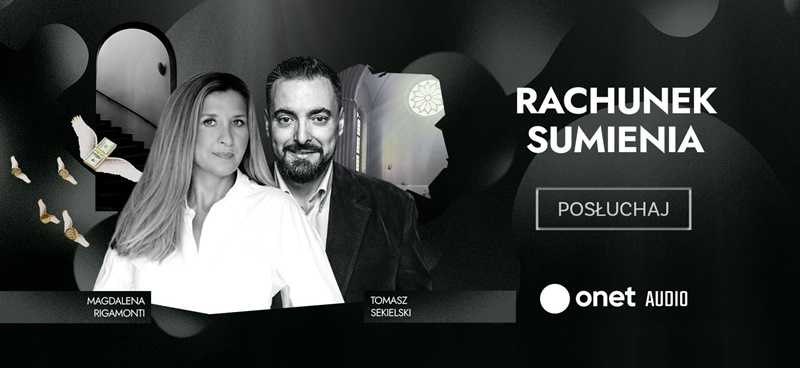 Podcast Onetu I Newsweeka Codzienny Stan Wyjatkowy
May 07, 2025
Podcast Onetu I Newsweeka Codzienny Stan Wyjatkowy
May 07, 2025 -
 South Harrison Ffa Four Years Of Outstanding Agricultural Program Achievement
May 07, 2025
South Harrison Ffa Four Years Of Outstanding Agricultural Program Achievement
May 07, 2025 -
 Jenna Ortegas Scream 7 Exit The Official Explanation
May 07, 2025
Jenna Ortegas Scream 7 Exit The Official Explanation
May 07, 2025
Latest Posts
-
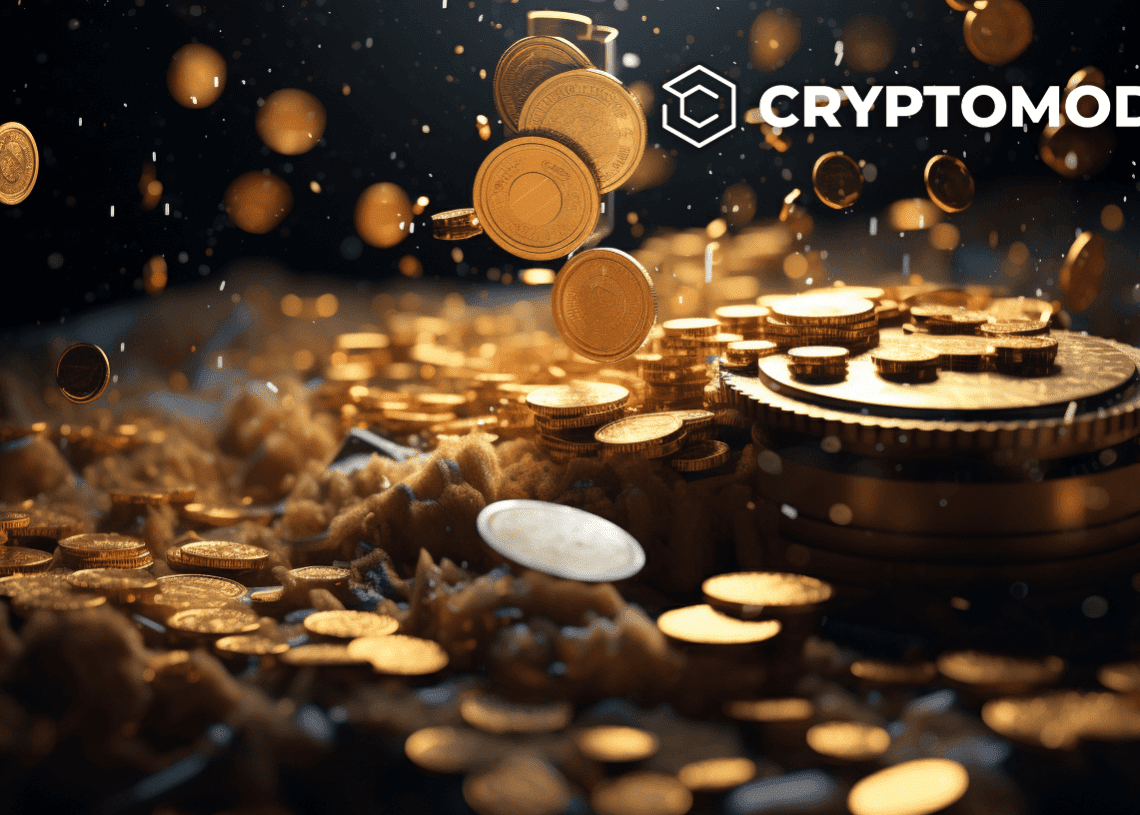 The Importance Of Trustworthy Crypto News Sources In 2024
May 08, 2025
The Importance Of Trustworthy Crypto News Sources In 2024
May 08, 2025 -
 Sms Dolandiriciligi Sikayetler Neden Artiyor Ve Nasil Korunabilirsiniz
May 08, 2025
Sms Dolandiriciligi Sikayetler Neden Artiyor Ve Nasil Korunabilirsiniz
May 08, 2025 -
 Why Reliability And Trust Are Crucial In Todays Crypto News Landscape
May 08, 2025
Why Reliability And Trust Are Crucial In Todays Crypto News Landscape
May 08, 2025 -
 Investigating The Rise Of Dogecoin Shiba Inu And Sui Market Factors And Predictions
May 08, 2025
Investigating The Rise Of Dogecoin Shiba Inu And Sui Market Factors And Predictions
May 08, 2025 -
 Sms Dolandiriciligi Sikayetlerinde Artis Son Dakika Gelismeleri
May 08, 2025
Sms Dolandiriciligi Sikayetlerinde Artis Son Dakika Gelismeleri
May 08, 2025
